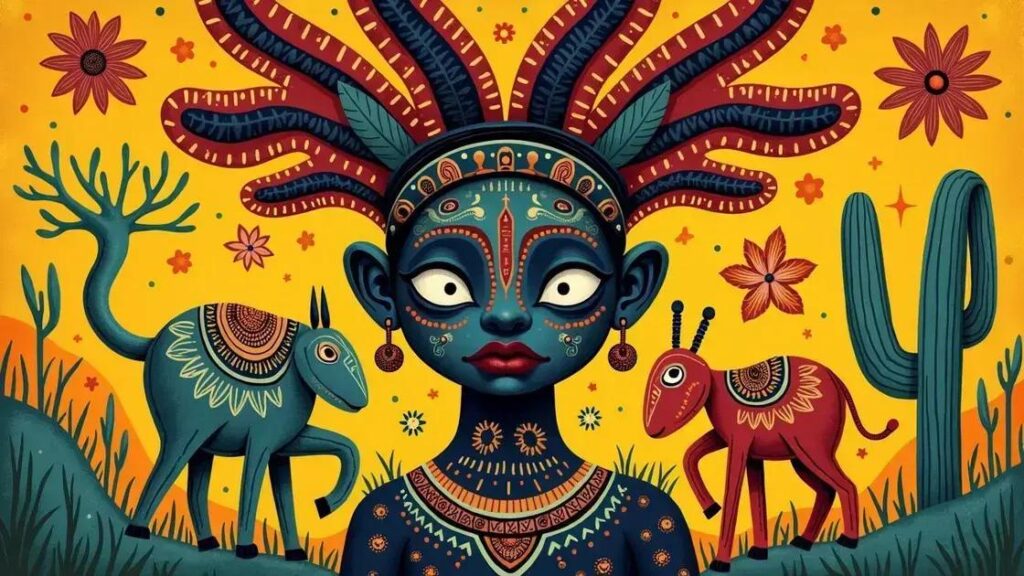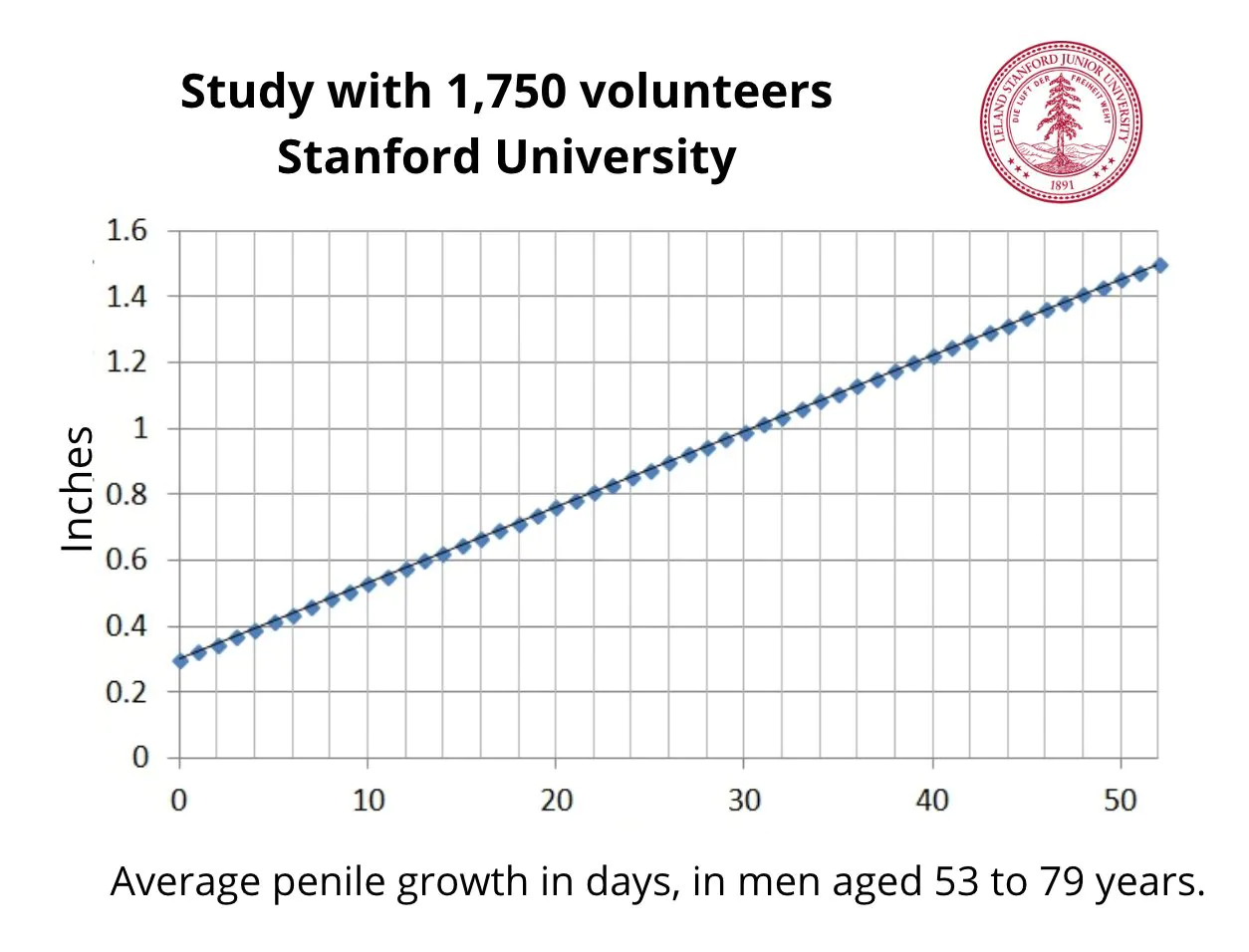The African Trick refers to clever tales in folklore that highlight the importance of wisdom and resourcefulness, featuring characters like Anansi and the tortoise. These stories are significant in preserving cultural heritage and continue to evolve in modern literature, film, and digital media.
What is the origin of the African Trick? This compelling question opens a door to a rich history filled with cultural significance. From ancient tales to its influence on modern storytelling, understanding the roots of the African Trick highlights the importance of folklore in social identity and community bonding. In this article, we will explore its origins, delve into its cultural relevance, and examine how the African Trick continues to inspire contemporary interpretations.
Exploring the Roots of the African Trick
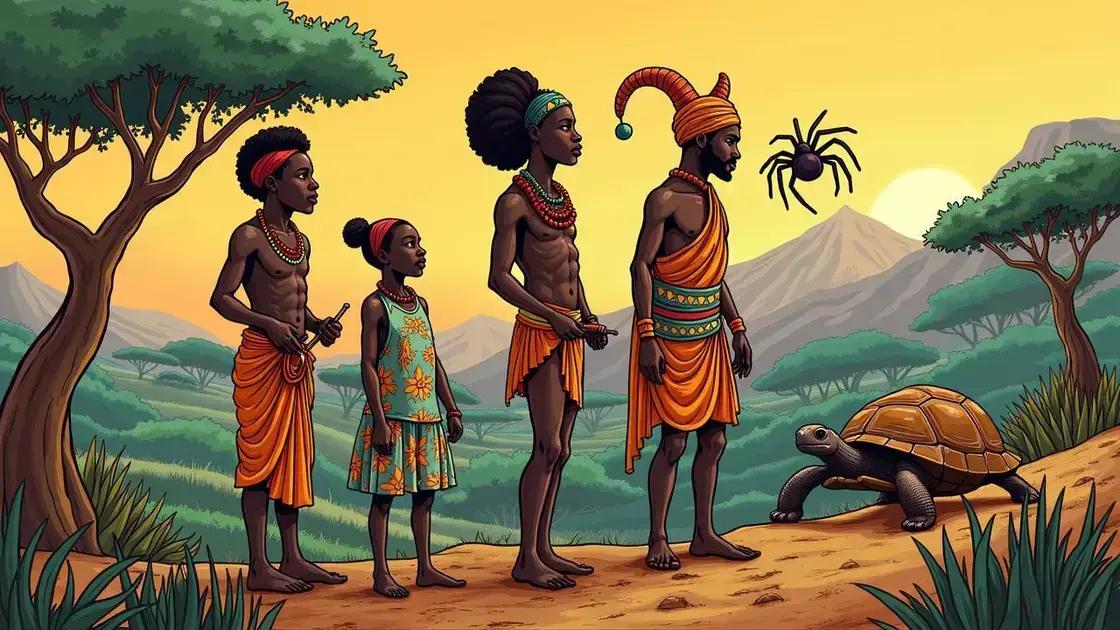
The African Trick has its roots deeply embedded in the rich tapestry of African folklore and oral traditions. Often led by clever characters, these tales serve to impart wisdom and entertain, all while teaching essential life lessons.
Historical Context
Historically, the African Trick can be traced back to the storytelling practices of various African cultures. These stories were shared during communal gatherings, passed down from generation to generation. They often featured animals as protagonists, utilizing their cunning nature to navigate tricky situations, reflecting the human condition.
Common Themes
Various themes emerge from these stories, including resourcefulness, resilience, and the importance of wit over strength. Characters such as the spider Anansi or the tortoise are frequently featured as tricksters, showcasing their cleverness in overcoming challenges.
Regional Variations
Different regions within Africa have their unique takes on the trickster tales, with local customs and beliefs influencing the narrative. For example, in West Africa, Anansi the spider is not just a character but a cultural icon representing the qualities of adaptability and intelligence. In contrast, Southern African folklore may feature the jackal, a figure that also embodies trickery and intellect.
Understanding the roots of the African Trick allows us to appreciate the rich history that shapes the culture, challenges, and moral teachings reflected in these tales. These stories are more than mere entertainment; they are vital components of African heritage, capturing the complexities and nuances of life.
Cultural Significance of the African Trick
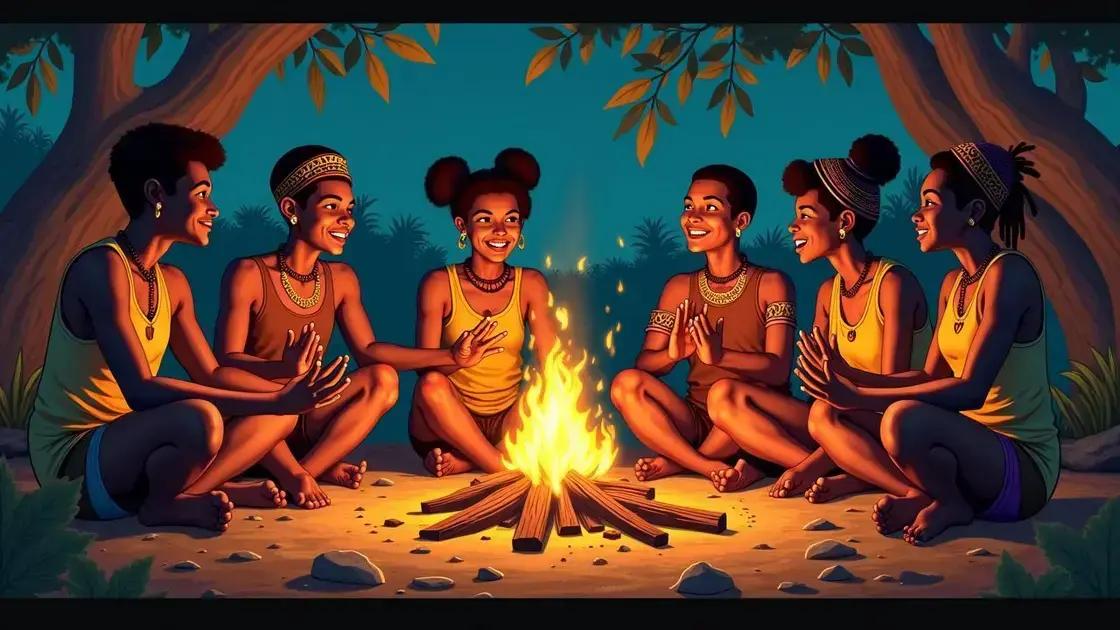
The cultural significance of the African Trick extends beyond entertainment, as it plays a vital role in shaping community values and social norms. These trickster tales often convey important life lessons, illustrating the consequences of actions and the virtues of wisdom and cleverness.
Identity and Heritage
Through these stories, communities strengthen their identity and connect with their heritage. The tales of clever animals symbolize various traits admired in society, such as ingenuity and adaptability. By passing these stories down, cultural identity is preserved amidst the changing tides of modern life.
Social Commentary
Many African Trick stories serve as a form of social commentary, addressing issues like inequality, injustice, and the human experience. The tricksters often challenge authority and expose the flaws within societal structures, allowing the audience to reflect on their own lives and communities.
Community Bonding
Gathering to share these tales fosters a sense of belonging and community bonding. Families and friends come together to enjoy storytelling sessions, where laughter and lessons are shared, reinforcing interpersonal connections and cultural cohesion.
In essence, the African Trick holds a mirror to society, showcasing the values, challenges, and wisdom of the people. Understanding its cultural significance helps to appreciate not just the stories themselves, but the rich heritage they represent.
Modern Interpretations of the African Trick
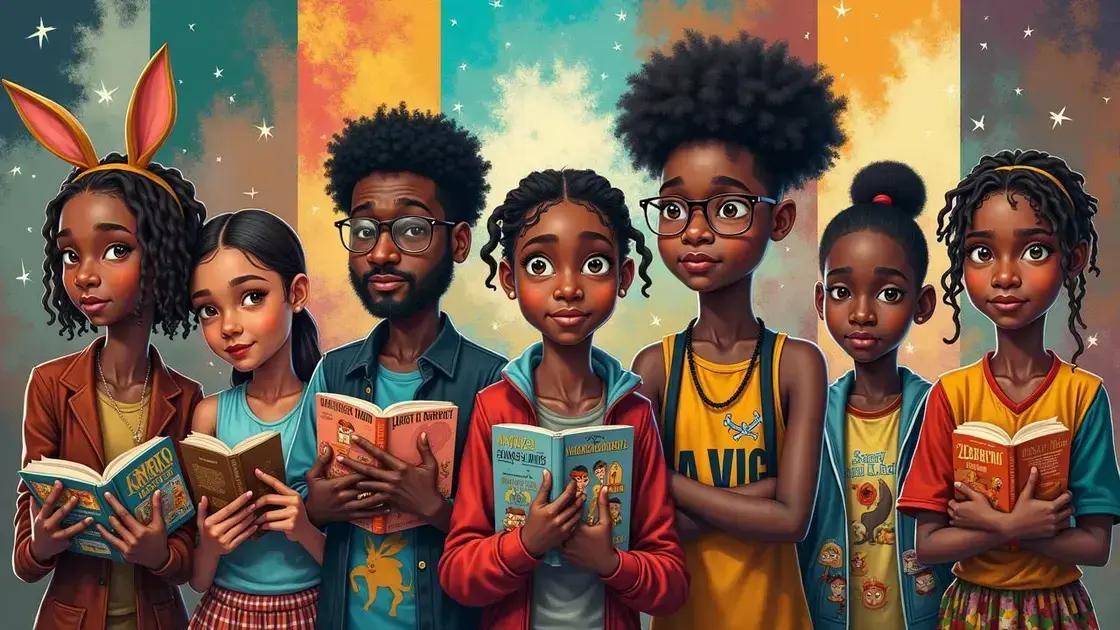
The modern interpretations of the African Trick showcase how these ancient stories continue to resonate with today’s audiences. Artists, writers, and filmmakers are using these tales to explore contemporary issues while retaining their cultural essence.
Literature and Storytelling
Many contemporary authors are reimagining traditional trickster tales in novels, poetry, and short stories. Workshops and literary festivals often highlight these adaptations, which blend ancient folklore with modern themes like identity, colonialism, and resilience. Writers often choose characters that reflect today’s challenges, inspiring a new generation to engage with their cultural heritage.
Film and Theatre
Film and theatre have also embraced the essence of the African Trick. Movies feature clever protagonists navigating complex social dynamics. Documentaries educate viewers about the importance of storytelling in African cultures, whereas plays often dramatize trickster tales, merging traditional elements with modern performance styles.
Digital Media and Technology
In the age of technology, digital platforms enable the spread of these stories in innovative ways. Animated series, podcasts, and online storytelling sessions attract diverse audiences. Social media serves as a space for discussion about cultural narratives, allowing stories like the African Trick to evolve while remaining rooted in their origins.
Through these modern interpretations, the African Trick remains vibrant and relevant, bridging the past with the present. This continuous reimagining encourages cultural pride and awareness, making these tales accessible to a global audience.
In Summary: The Lasting Impact of the African Trick
The African Trick is not just a collection of stories; it is a doorway into understanding cultural heritage and the human experience. From its roots in ancient folklore to modern interpretations in literature, film, and digital media, it continues to shape identities and inspire creativity.
Each retelling enhances the cultural significance of these stories, highlighting themes of wisdom, resilience, and social commentary. By exploring these narratives today, we honor their legacy and encourage future generations to connect with their cultural roots.
As we embrace this rich tradition, we find that the African Trick not only entertains but also educates and enlightens, paving the way for a greater appreciation of diverse cultures.
FAQ – Frequently Asked Questions about the African Trick
What is the African Trick?
The African Trick refers to a collection of folklore and stories featuring clever characters, typically animals, that use their wits to navigate challenges.
What are the cultural significance and themes of the African Trick?
These tales often emphasize values such as wisdom, resourcefulness, and community bonding while addressing social and moral lessons.
How do modern interpretations of the African Trick differ from traditional tales?
Modern interpretations use contemporary themes, engage with current social issues, and are told through various mediums such as literature, film, and digital platforms.
Why are trickster tales important for cultural heritage?
Trickster tales preserve cultural identity and heritage, allowing communities to connect with their history and teach significant life lessons through storytelling.
How can I experience African Trick stories today?
You can explore African Trick stories through books, films, podcasts, and live performances that showcase these timeless narratives.
Who are some famous trickster characters in African folklore?
Notable trickster characters include Anansi the spider from West African folklore and the tortoise, which features in many tales as a clever and resourceful protagonist.

